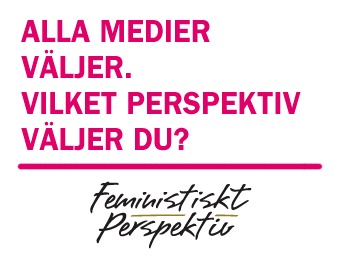Women in Yemen had an enormous role during Yemen’s 2011 uprising; they actively protested shoulder to shoulder with men, demanding a total change of regime and the dictatorship to be overthrown. However, there was never a deliberate evident thorough demand for gender equality. Nonetheless, a group of an active feminist women were determined to continue the feminist struggle and demanded women's equal participation in Yemen’s National Dialogue Conference (held from March 18, 2013 to January 24, 2014) that was created to bring together all political segments of Yemeni society to set the direction for the country’s future, including creating the building blocks for a new constitution. Following a great deal of challenges, women achieved a victorious participation with 28 percent participation out of the 565 participants in the conference, given that only 1 woman is currently holding a seat in Yemen's parliament along 300 men.
Upon the completion of the Yemen’s National Dialogue Conference, a report has been yielded that included about 1 400 recommendations that would form the ground for the country’s current drafting of the new constitution. Among those recommendations there is a constitutional provision that allots women 30 percent of seats in the country’s future legislative branch in the National Authority, the Shora Council and the Cabinet. So women representation should be as the following:-
1.The National Authority: at least (85) women out of (282) members.
2.The Shora Council: at least (67) women out of (222) members.
3.The new Cabinet: at least (10) ministries headed by women.
Therefore, it is a crucial time to see the new constitution’s content protecting women’s rights, which hopefully would end the deeply rooted discrimination against women in the legal and social framework alike.
Measures on setting a quota have proven a huge success in the fight for an increase of female participation in Yemeni politics. Nonetheless, the fear remains that the quota system, allocating a specific number of political seats to women is a weak move designed to appease women in Yemen and that it might be difficult to implement later on. Further, it’s worrying that Yemen’s National Dialogue Conference recommendations are merely “recommendations” which will remain words on paper only. Also, there’s seemingly no guarantee for the provisions to be enforced into the new constitution. Hence, women's rights groups are closely monitoring and campaigning actively to ensure that women’s rights are included in the new constitution; for instance, a coalition of women's rights activists, entitled ’Constituting Women’s Rights Support Group’ were born once the 30 percent quota was announced part of those recommendations. The group has been actively playing a role as a pressure group, using various forms to influence the political will and the public on the importance of women's quota. One of their statements issued earlier this years states, ”we condemn the under-representation of women’s 30% quota in the committee of Regions’ Division and the Constitution Drafting Committee which was lately appointed by Presidential resolution on 9 March 2014.” This indicates that the real battle for women's rights has just began.
In the Yemeni legislations, women face severe discriminatory provisions which do not equalize between males and females. The most unjust women’s rights are found in the Citizenship Law, Penal Code, Personal Status Law, Evidence Law and Labor Law. Additionally, Yemen has high levels of child marriage, with girls as young as eight forced into marriage and more than 42% of Yemeni housewives were married before age 18, and about 8% of them were brides at 12.
Another underlying challenge facing females in Yemen is that their enrollment and retention in school is one of the lowest rates internationally. According to UNICEF report in 2009, female students comprise only about 35% of the total school enrollment, leading a high illiteracy rate among women.
Would the quota help in improving women's status? It’s hard to predict that women’s status would improve immediately once the legal framework of women’s rights is improved in the new constitution, not only because doubts are mounting whether the quota would be implemented thoroughly in the first place, but it’s also because women’s worsening status is part of a general humanitarian and development issues Yemen is facing presently. Even so, increasing women’s participation and representation in political life in general would pay its fruits eventually upon the country’s overall political, economic, social, cultural and religious spheres. What does matter is that this quota is a step in the right direction, even if it is still a theoretical one.


























MEST KOMMENTERAT
SENASTE KOMMENTARERNA
Om Var Grupp 8 en feministisk organisation?
Om #bildskolan 21: Att äta Den Andre
Om #bildskolan 21: Att äta Den Andre
Om Porr handlar om betalda övergrepp
Om Nobels fredspris till kampanj för att avskaffa kärnvapen
Om Feministiskt perspektiv öppnar arkivet och startar på nytt!
Om Rödgrönt ointresse för fred och nedrustning borde oroa många
Om Var inte målet att vi skulle jobba mindre?
Om Feministiskt perspektiv öppnar arkivet och startar på nytt!
Om Feministiskt perspektiv öppnar arkivet och startar på nytt!
MEST LÄST